Kafka out of the joint
Extraits

Critique
Kafka out of the joint
04/2023
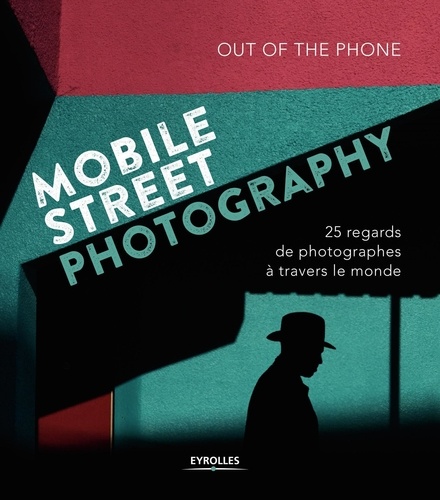
Photographie
Mobile Street Photography. 25 regards de photographes à travers le monde
10/2017
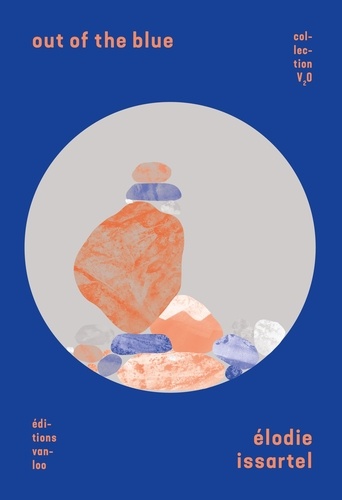
Littérature française
Out of the blue
10/2021
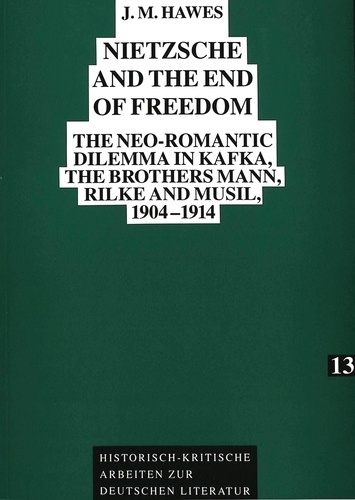
Non classé
Nietzsche and the End of Freedom
07/1993
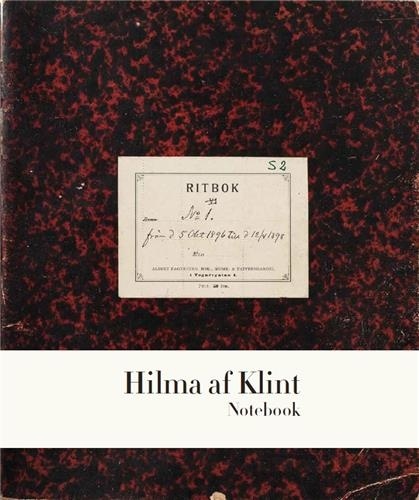
Monographies
Hilma af Klint. The Five Notebook 1
01/2022
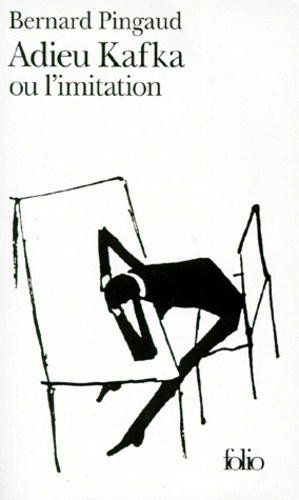
Littérature française (poches)
Adieu Kafka ou l'imitation
06/1998

Philosophie
«Phädon», or «On the Immortality of the Soul»
12/2006

Histoire et Philosophiesophie
The Undergrowth of Science. Delusion, self-deception and human frailty
01/2000
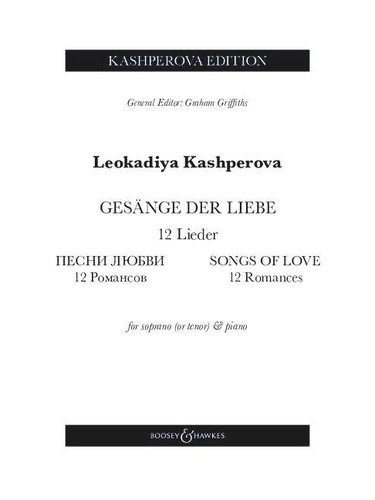
Musique classique
Songs of Love. 12 Romances. 12 Lieder. Soprano (tenor) and piano.
12/2023
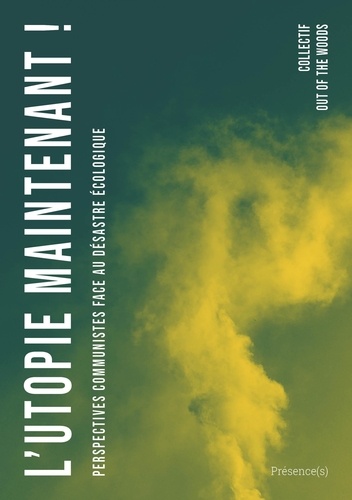
Sociologie
L'utopie maintenant !. Perspectives communistes face au désastre écologique
06/2023

Histoire et Philosophiesophie
Thinking about Physics
01/2000
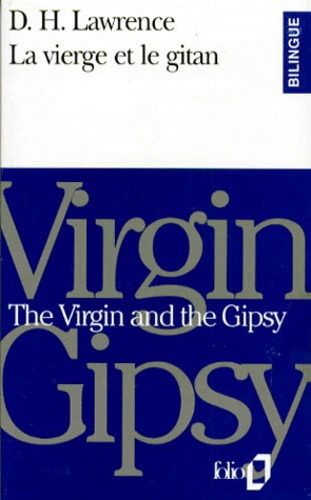
Anglais apprentissage
LA VIERGE ET LE GITAN : THE VIRGIN AND THE GIPSY
02/1993
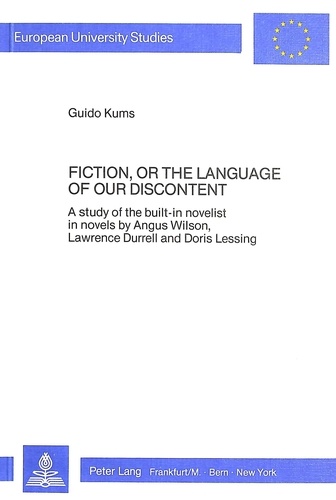
Non classé
Fiction, or the language of our discontent
12/1985

Lecture 6-9 ans
L'énigme du sabre. Edition bilingue français-anglais
06/2018
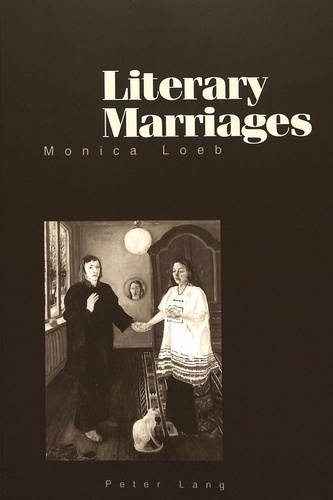
Non classé
Literary Marriages
12/2001
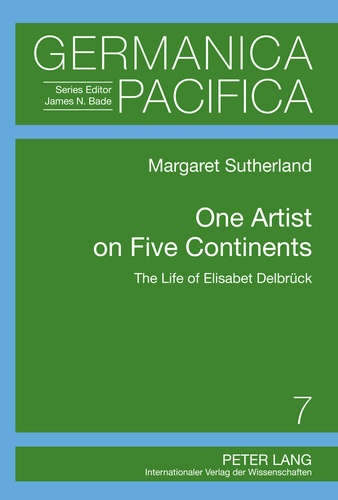
Histoire internationale
One Artist on Five Continents
12/2011
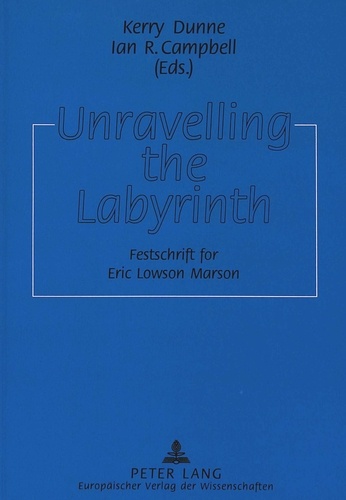
Non classé
Unravelling the Labyrinth
08/1997
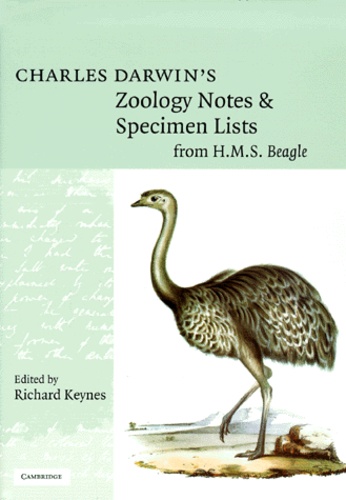
Histoire et Philosophiesophie
Charles Darwin's Zoology Notes & Specimen Lists from H.M.S. Beagle
01/2000

Tourisme étranger
Moroccan tracks Volume 11. The sagho djebel
08/2022

Sciences politiques
The Structure of Political Communication in the United Kingdom, the United States and the Federal Republic of Germany
11/1987

Non classé
The Concept of Man in Igbo Myths
11/1999
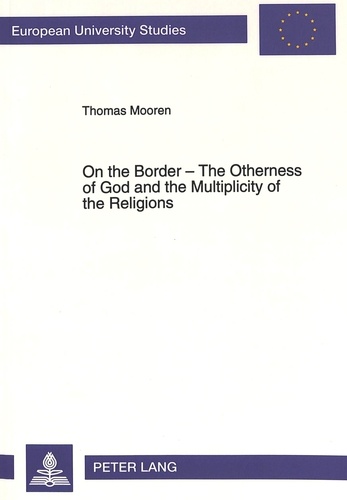
Histoire internationale
On the Border - The Otherness of God and the Multiplicity of the Religions
01/1994
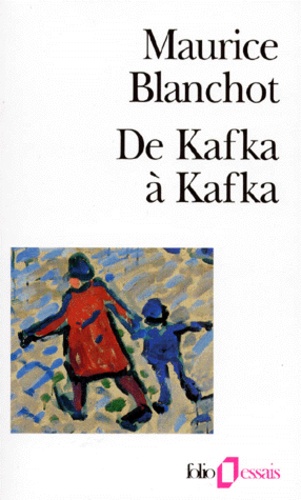
Critique littéraire
De Kafka à Kafka
03/1994
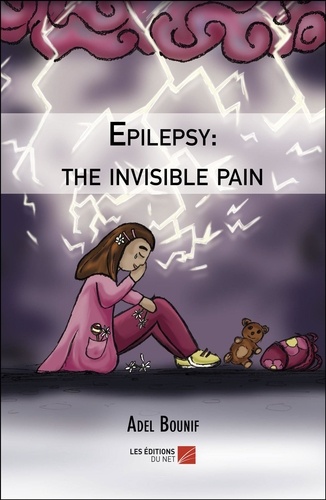
Poésie
Epilepsy: the invisible pain
01/2019

Anglais apprentissage
Tales from Longpuddle
07/2010
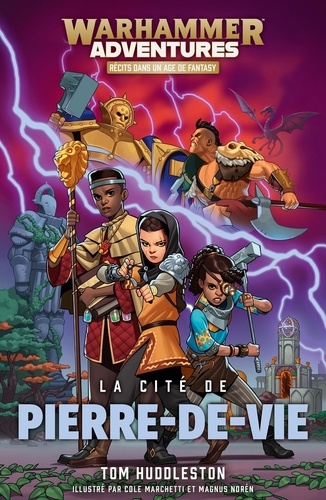
12 ans et +
Les 8 royaumes mortels Tome 1 : La cité de Pierre-de-Vie
06/2019
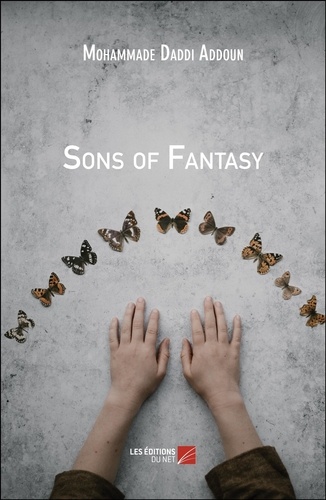
Littérature française
Sons of Fantasy
08/2018

Littérature française
Les inventeurs. Essai
02/2017
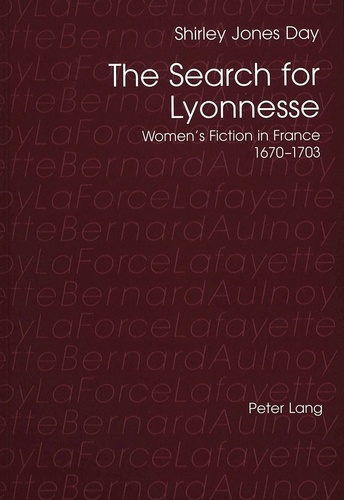
Non classé
The Search for Lyonnesse
07/1999

Non classé
Brides on Sale
04/2015
